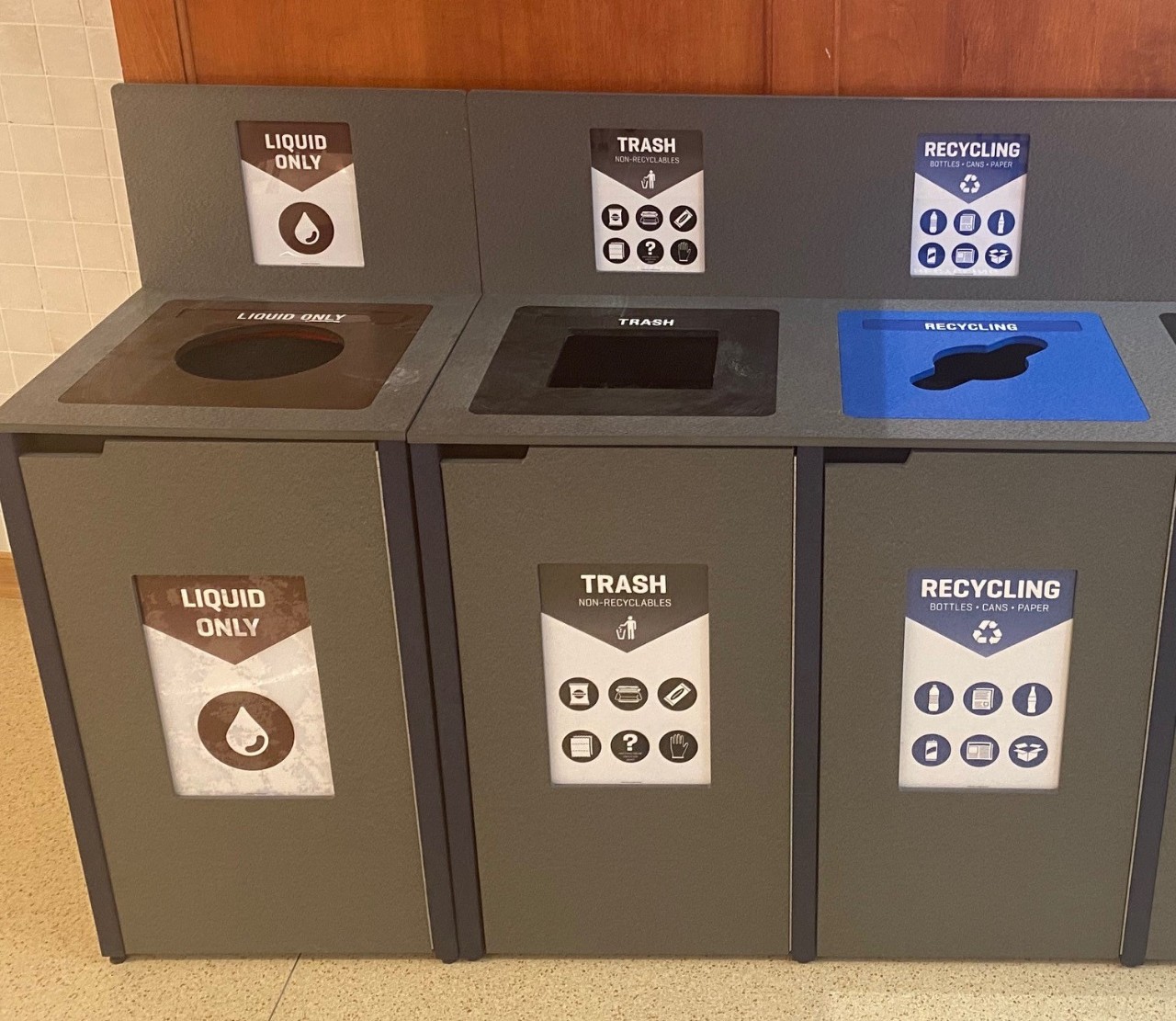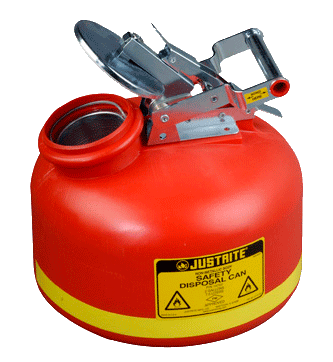Exactly How Liquid Garbage Disposal Functions: A Comprehensive Summary of Techniques and Technologies Used

Overview of Liquid Waste Types
The complexity of liquid waste types necessitates a complete understanding of their attributes and effects for disposal. Fluid waste can extensively be categorized into several types, consisting of commercial, metropolitan, farming, and unsafe waste. Each classification displays unique residential properties, needing particular management strategies to mitigate ecological and health and wellness dangers.
Industrial liquid waste stems from making processes and frequently contains a series of pollutants, such as heavy steels, solvents, and natural compounds. Metropolitan fluid waste, mainly comprising wastewater from houses and business establishments, contains natural issue, nutrients, and pathogens (industrial wastewater treatment). Agricultural fluid waste, including runoff from ranches, may have plant foods, pesticides, and pet waste, presenting risks to water top quality and ecological communities
Dangerous fluid waste is characterized by its toxicity, reactivity, or prospective to create harm. Comprehending these varied fluid waste kinds is essential for establishing reliable disposal approaches and guaranteeing compliance with ecological laws.
Physical Treatment Techniques

Screening is the initial action, where larger particles and particles are eliminated from the liquid waste making use of displays or grates. In sedimentation tanks, larger bits work out at the base, developing a sludge layer, while the clarified fluid can be additional treated.
Purification is one more important method that entails passing the liquid via permeable products, such as sand or membranes, to record smaller fragments. This step boosts the high quality of the liquid, making it appropriate for subsequent therapy processes.

Chemical Therapy Techniques
Chemical treatment strategies are vital for effectively handling fluid waste, especially in addressing dissolved and colloidal impurities that physical methods might not adequately eliminate. These techniques use numerous chemical agents to reduce the effects of, speed up, or transform dangerous materials into less unsafe forms.
One typical approach is coagulation and flocculation, where chemicals such as alum or ferric chloride are added to promote the aggregation of suspended bits. This procedure enhances sedimentation, enabling for much easier elimination of the resulting sludge. Additionally, oxidation processes, utilizing representatives like chlorine or ozone, are used to break down complex organic substances and virus, providing the waste safer for discharge or further therapy.
Neutralization is another vital technique, which changes the pH of acidic or alkaline waste streams to neutral degrees, avoiding prospective injury to downstream systems and the setting. Furthermore, advanced oxidation processes (AOPs) utilize combinations of oxidants and ultraviolet light to deteriorate consistent contaminants, accomplishing a greater level of treatment effectiveness.
Biological Treatment Processes
Biological treatment procedures play an essential role in the management of liquid waste by utilizing microorganisms to decompose organic issue and lower impurity degrees. These procedures can be extensively categorized into anaerobic and cardio therapies, each utilizing certain microbial neighborhoods to achieve effective waste go to these guys degradation.
Cardio therapy includes using oxygen to facilitate the failure of natural materials by bacteria. This procedure is generally carried out in triggered sludge systems, where aeration containers supply a favorable environment for microbial development, causing the oxidation of organic toxins. The resultant biomass can be divided from dealt with effluent with sedimentation.
On the other hand, anaerobic therapy happens in the lack of oxygen, relying upon different microorganisms to break down raw material. This method is specifically helpful for high-strength waste, as it generates biogas, a renewable resource resource, while decreasing sludge manufacturing. Technologies such as anaerobic digesters are frequently used in industrial and municipal applications.
Both anaerobic and aerobic organic therapies not only decrease the environmental influence of liquid waste yet also promote resource healing, making them important elements of sustainable waste monitoring approaches. Their performance, adaptability, and effectiveness sustain their prevalent implementation across different fields.
Emerging Technologies in Disposal
Ingenious techniques to fluid garbage disposal are quickly advancing, driven by developments in innovation and a raising emphasis on sustainability. Among these emerging innovations, membrane bioreactors (MBRs) have gotten grip for their capacity to incorporate biological treatment with membrane filtration, resulting in premium effluent that can be recycled in different applications. MBRs make it possible for smaller sized impacts and extra reliable procedures contrasted to typical systems.
An additional encouraging growth is using anaerobic food digestion incorporated with nutrient recuperation modern technologies, which not just deals with liquid waste however likewise generates biogas and recovers valuable nutrients like nitrogen and phosphorus. This dual advantage boosts source effectiveness and minimizes environmental impact.
Additionally, progressed oxidation procedures (AOPs) are being embraced for the deterioration of complex organic toxins. These approaches make use of powerful oxidants and catalysts to damage down pollutants at the molecular level, offering a very reliable option for challenging waste streams.
Moreover, the assimilation of man-made intelligence and pop over to this site machine understanding in waste monitoring systems is enhancing operational effectiveness and predictive maintenance, causing Bonuses decreased prices and boosted environmental conformity. These technologies show a significant change towards even more efficient and sustainable fluid waste disposal techniques.
Conclusion
In verdict, effective fluid waste disposal demands an extensive understanding of different strategies and modern technologies. By continuously advancing these methods, it comes to be feasible to resolve the growing challenges associated with liquid waste, eventually adding to ecological security and source recuperation.
Fluid waste disposal is a crucial aspect of environmental administration, needing a detailed understanding of different methods and innovations tailored to different waste types. Fluid waste can generally be classified right into numerous kinds, consisting of commercial, local, farming, and harmful waste. Agricultural liquid waste, including runoff from farms, might contain plant foods, chemicals, and pet waste, posturing risks to water quality and communities.
Various physical treatment approaches play a critical duty in taking care of fluid waste efficiently - industrial wastewater treatment.In conclusion, effective fluid waste disposal demands a detailed understanding of different techniques and modern technologies